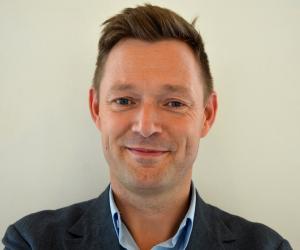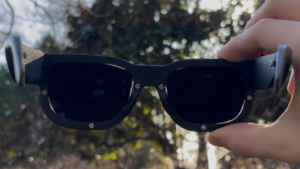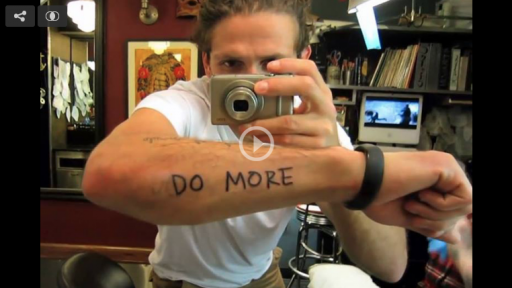From the Series
Service design might not be as sexy as product design but it has far-reaching consequences, profoundly impacting people’s experience of everyday activities such as going to the doctor, catching a bus or paying an electricity bill. In this interview with Design Indaba’s video team, Mikal Hallstrup discusses the work of Designit, which has helped major brands such as Novo Nordisk, Audi, Cisco and Vodafone rethink their services to adapt to the fast-changing demands of the digital age.
One of the world’s largest design and innovation companies, Designit has worked at the intersection of product and service design for more than two decades. “What’s really special about us is our ability to combine these things into packages of user experiences,” says Hallstrup, co-founder and “chief visionary officer” at the firm.
The difference between product and service design is exemplified by the development of mobile phone technology. “Way back when Nokia was hot, a phone was a phone,” he says. But we soon started to see the first signs of a phone – in actual fact, the handset - turning into a service carrier. “Products are tangible. [They are] stuff that you drop on your feet and it hurts. Services are intangible.”
Services are getting more and more important because, back to the smartphone again, its basically a device with a lot of services riding on the back of it, Hallstrup says.
Designit was approached by Oslo University Hospital to improve the service provided to patients. One of largest hospitals in Scandinavia with more than 20 000 employees, the institution’s systems were cumbersome and out of touch with patients’ needs. For example, women with breast cancer were only regarded as “patients” when cancer had been diagnosed. Designit discovered that this was in contrast with the women’s own experience of feeling like patients the moment they felt a lump in their breasts.
“Based on this insight, they needed to redesign the way the system worked at the Breast Cancer Diagnostic Centre. This entailed designing the different touchpoints for the patient – for example, what happens when you meet up at the front desk the first time,” Hallstrup says.
By reconceptualising the system, the design firm managed to reduce the waitingtime for breast cancer diagnosis from up to 12 weeks to four days.
The Danish designer is passionate about the way lateral, creative thinking can be applied to so many of the world’s problems. He’s optimistic about the evolution of service design. “There’s so much stuff we need to fix out there,” he says.










